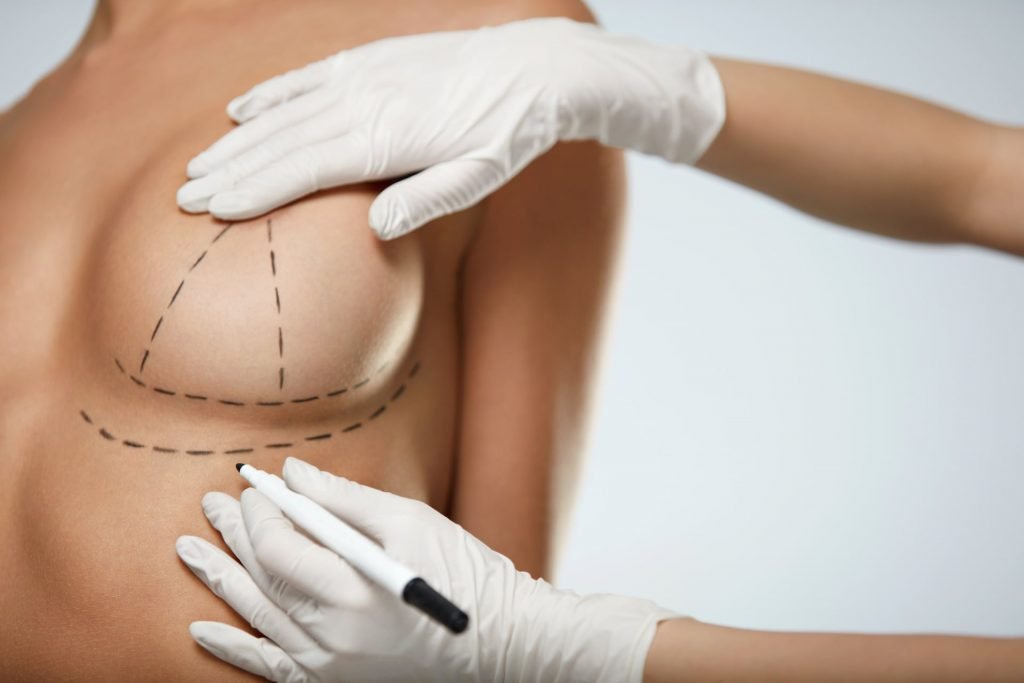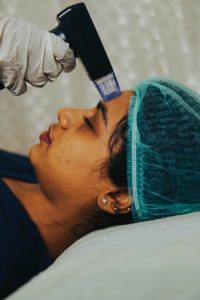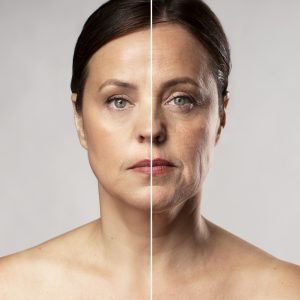Drooping/sagging breas-ts (breas-t ptosis) are often caused by a massive weight loss, ageing (due to gravity and generalised ageing of tissues) or after one or more pregnancies, whether or not followed by a period of breas-tfeeding. If you still wish to have a child, it is recommended to postpone breas-t correction until after the last (planned).
The aforementioned reasons make the breas-ts lose the supple and firm form and cause them to sag. This is quite distressing and affects the personal and social life to a great extent. Some women are even known to suffer from depression due to this problem.
Mastopexy or a B-Lift surgery is the perfect solution to firmer and youthful breas-ts and to regain confidence. A lot of women are nowadays opting for B-Lift without any hesitation and regaining the lost interest in life!
B-Lifting follows the same principle as that of breas-t reduction: the shape of the breas-t is improved by elevating the nipple to a more juvenile or higher position, along with removal of the excess weakened or sagging skin. Of course, this is not possible without the incision of the skin.
In some cases, you may wish to add extra volume to the B-Lift (Augmentation mastopexy). Either because you want your breas-ts a bit bigger, or maybe only because the top has lost so much filling. This can be done simultaneously with the lifting, either by adding small breas-t implants, or by inserting your own fat (“lipofilling”). The first gives a bit more firmness, the second is completely “bio” by using your own tissue.
There are different techniques for a B-Lift. Depending on the type of breas-t you have, a certain technique will be better suited than another.
We use the technique of the famous Canadian surgeon Elizabeth Hall-Findlay for breas-t reduction. For the correction of a sagging breas-t (ptosis) we usually use the techniques of Brazilian plastic surgeon Ruth Graf. Usually, combinations of both techniques are used with excellent results and minimizing complications.
To move the nipple upwards, a scar around the areola is unavoidable. In some cases this procedure is sufficient to achieve the desired result (figure 1). Usually, however, a quantity of skin must also be removed in the lower part of the breas-t. This creates a scar that runs from the areola to the bottom of the breas-t (Figure 2). Depending on the amount of skin to be removed, a short horizontal scar usually occurs here, which runs in the crease at the bottom of the breas-t (Figure 3) and therefore usually remains well hidden in the bra.

It is the job of the plastic surgeon to place the scars so that they stand out as little as possible. Our special technique almost always results in a thin and unobtrusive line. In addition, scars have the property to fade over time and to assume near skin colour. As a result, after a while they can only be observed if looked very closely.
Because the nipple needs to be moved, a number of small nerves that go towards it can be interrupted. The nipple sensitivity after a breas-t reduction or lifting can therefore be temporarily reduced compared to before the operation. Usually the sensitivity of nipple and areola returns after 4 to 6 months.
This procedure is done under general anaesthesia and takes about 2-3 hours depending on the complexity. You will also need a solid support (Sports bra types) that you have to wear for 4 weeks. This reduces chances of swelling. Usually you can go home the next day and we see you back after a week for dressing. After about 3 days you can resume your normal activities and join work if you have a desk job. However, any strenuous activities or exercises must be avoided.
Breas-t reduction or B-Lifting is a little painful procedure. By one month after surgery, majority of patients say they feel “back to normal.” Bruising, discomfort, and most swelling disappear. By 6-8 weeks, you will be able to pursue all types of physical activities again. Of course, each person is different, so this timeline should be interpreted as a general guideline.
Monitoring visits are scheduled 6 weeks and 6 months after the procedure. Final result with recovery of sensitivity of the nipple and areola, takes about 6 to 12 months.
Few pre-requisites:
- Have a good physical health and not suffering from any major illnesses.
- Being a smoker or an avid drinker increases the chances of developing complications.
- Have achieved your ideal weight.
Indications for a mastopexy
- Your breas-ts are flatter, have an elongated shape or look pendulous when hanging freely.
- When you are not wearing a bra, your nipples fall under the breas-t crease.
- The nipples and areolae point downwards.
- You have stretched skin and extremely large areolae.
- One of your breas-ts falls lower than other.
A support bra is required to be worn after the surgery, until the surgeon recommends it. This helps to minimize the swelling, and reduce any fluid formation around the sutures, as the breas-ts heal. By one month after surgery, the majority of patients say they feel “back to normal.” Bruising, discomfort, and most swelling disappear. By 6-8 weeks, you will be cleared to do all types of physical activity again. And of course, each person is different, so this timeline should be interpreted as a general guideline.




